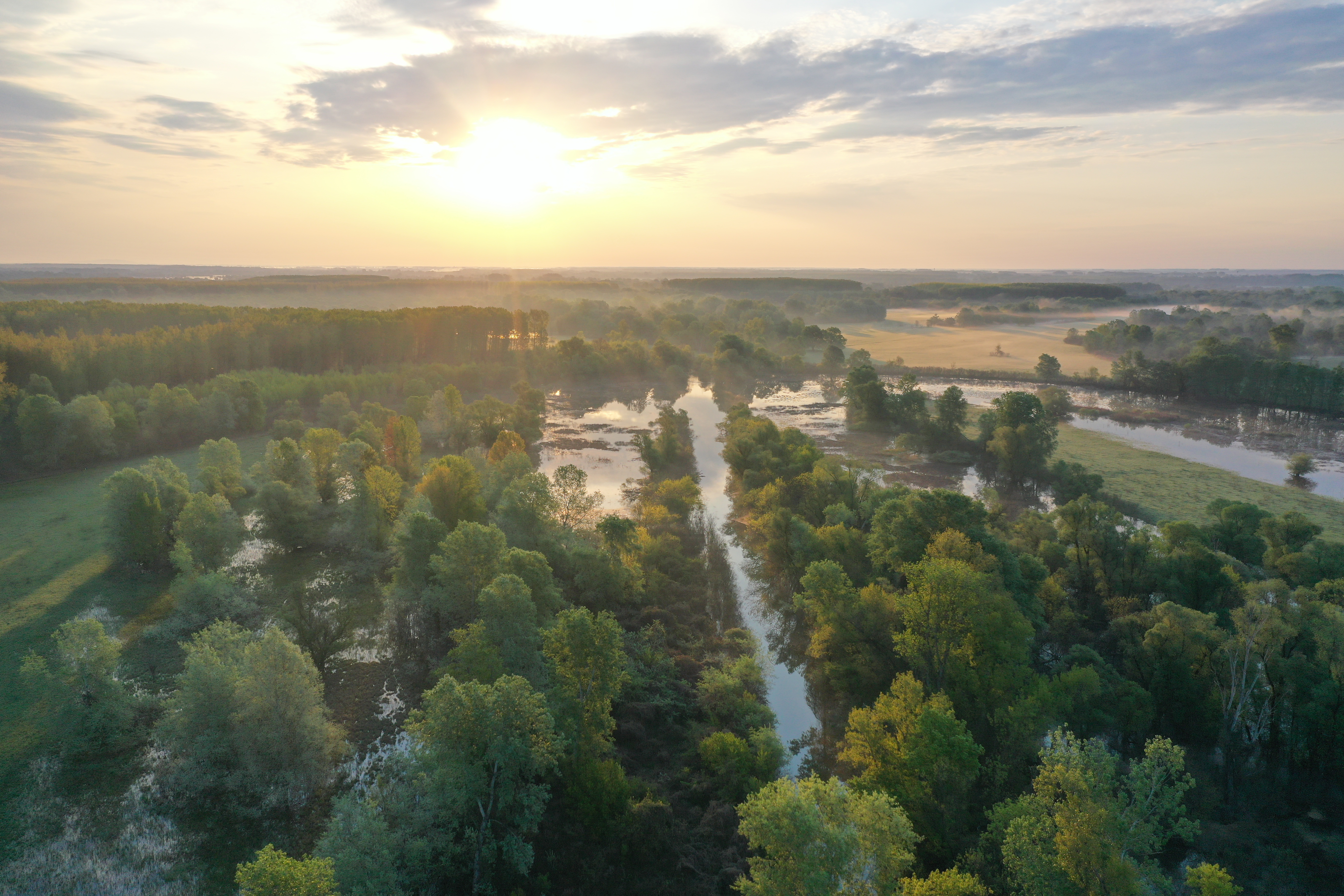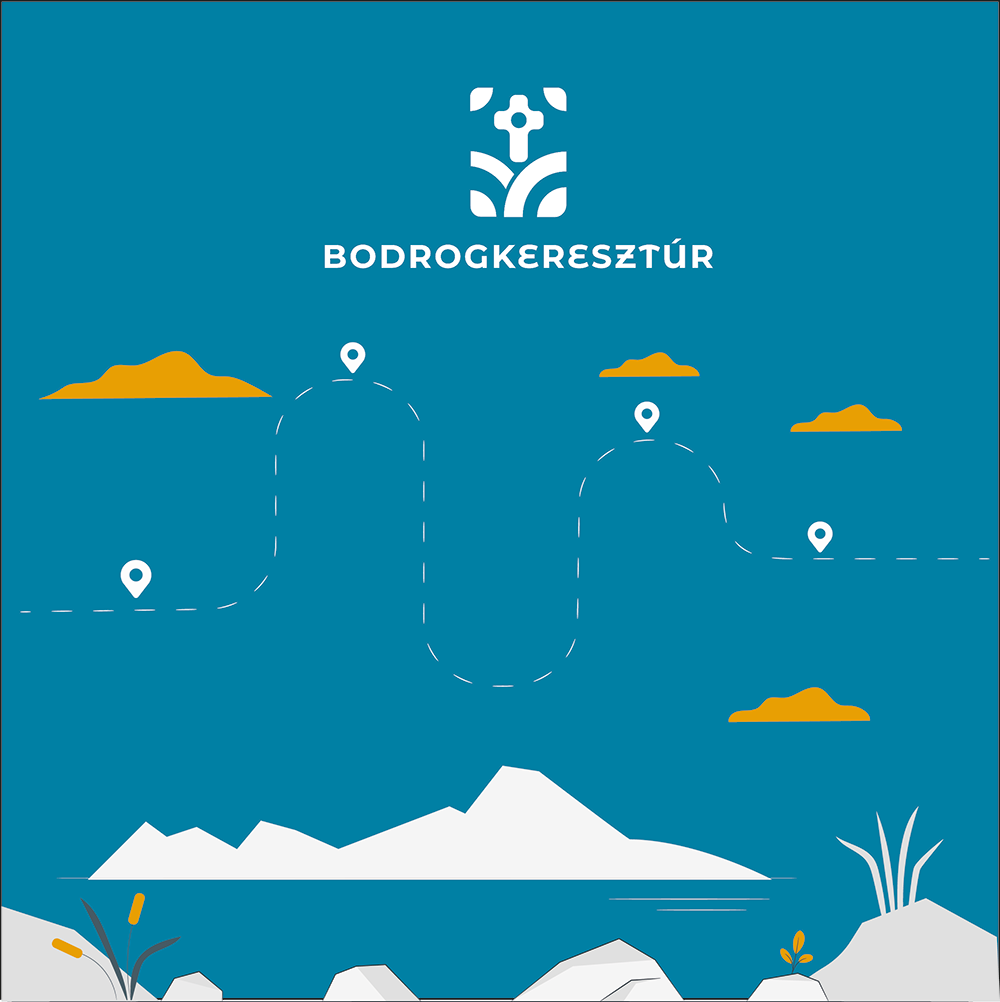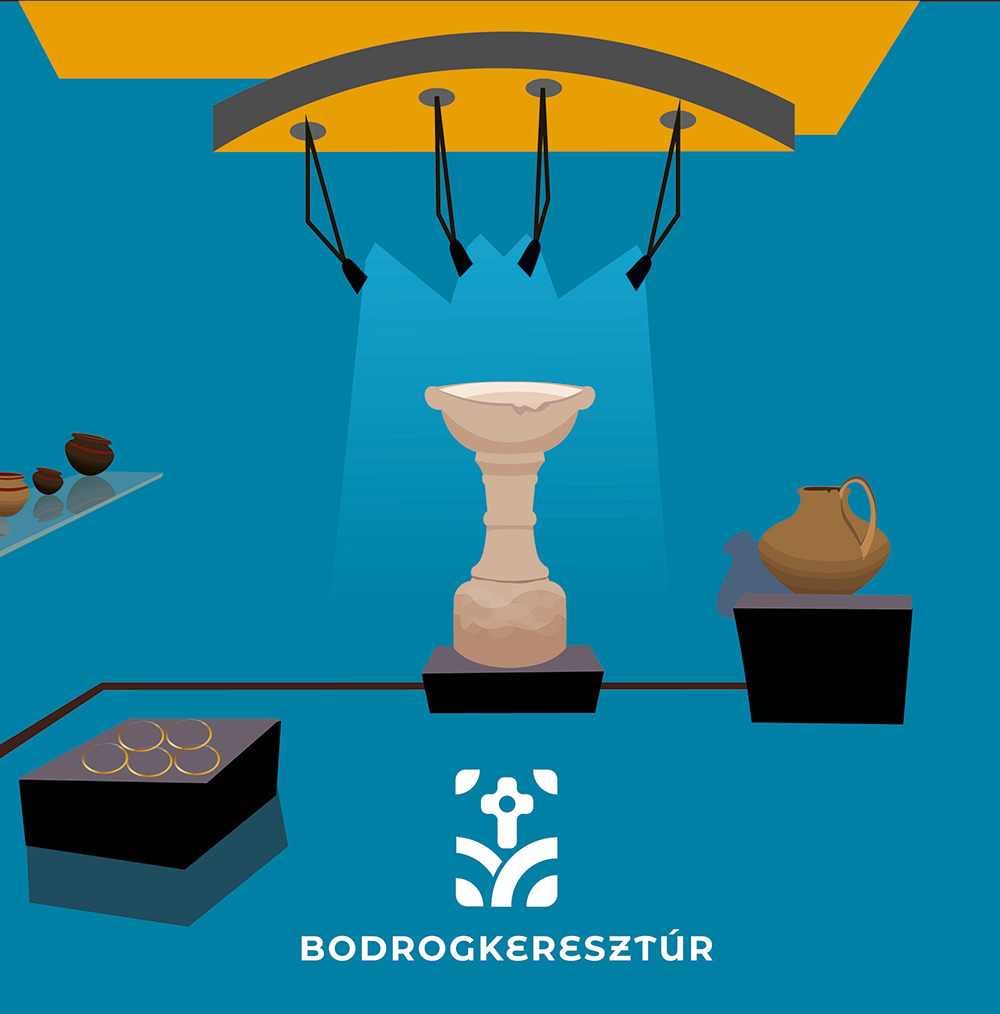The Bodrog river

360° view
Click button below to view locaiton 360° image
It is obvious that the Bodrog river always had special significance in the lives of the people who live along its banks. Fearing flooding, the former centre of Bodrogkeresztúr was built well above the river level, and the present main road was only built in the 19th century. At the same time, in the autumn season the river provided the moisture needed to create aszú in the wine making process and supplied part of the food needed for subsistence throughout the year. In the first half of the 20th century, 15-20 families earned their living in the village by fishing on the Bodrog. The river is associated with many legends and tales that have been handed down from generation to generation in the wine region. One, for example, is about why the Bodrog riverbed between Bodrogkeresztúr and Tokaj is stony.
"According to the old tale, long ago, when fairies lived on the Tokaj hill, shepherds used to graze their flocks on the hill. There was a huge rock, a favourite haunt of the fairies. The fairies have enchanted the rock so that anyone who touches it is instantly turned to stone. It happened that one day a great storm arrived, and the shepherds fled under the rock. But they didn't know about the curse, and one of the careless ones did touch it. Well, they all turned to stone immediately! Time passed, and the storms and showers drove the petrified shepherds down from the mountain, into the Bodrog's basin. The fairies, however, were not malicious and took pity on the shepherds. They went down to the Bodrog, where the shepherds, turned to stone, emerged from the water in the form of huge stones. They took the souls of the shepherds up the mountain, touched them to the great rock, and immediately all the shepherds came to life again. But the rocks that represent their bodies are still in the river, and the Bodrog riverbed between Tokaj and Bodrogkeresztúr has been so stony ever since.
The birdlife of the Bodrogzug area is of particular value: rare birds of prey and many species of waterfowl and waders live here, but the floodplain is also an important stopover for bird migration. As a result, the area was added to the RAMSARI list as a waterfowl site of international importance in 1989.
Routes with audioguide
Show all






